Cracking the Commercial Code Mystery
Nationwide, there have been a number of changes to the requirements for complying with commercial energy codes, making it likely that state codes now include new requirements.The commercial energy code maps indicate that the International Energy Conservation Code (IECC) 2009, IECC 2012, and
ASHRAE 90.1-2010 codes are gaining momentum as more states begin to comply with the federal mandate of the Energy Policy Act of 1992, which requires all states to have an energy policy that meets or exceeds ASHRAE 90.1 to reduce energy usage. Several states, however, currently do not have an
energy code; see the gray states in Figure 1. As the maps below demonstrate, it is not easy to answer the question of what insulation thickness is needed for energy code compliance. It is important to ask energy code questions before starting a project to ensure your project is code compliant, in
addition to meeting other design considerations.
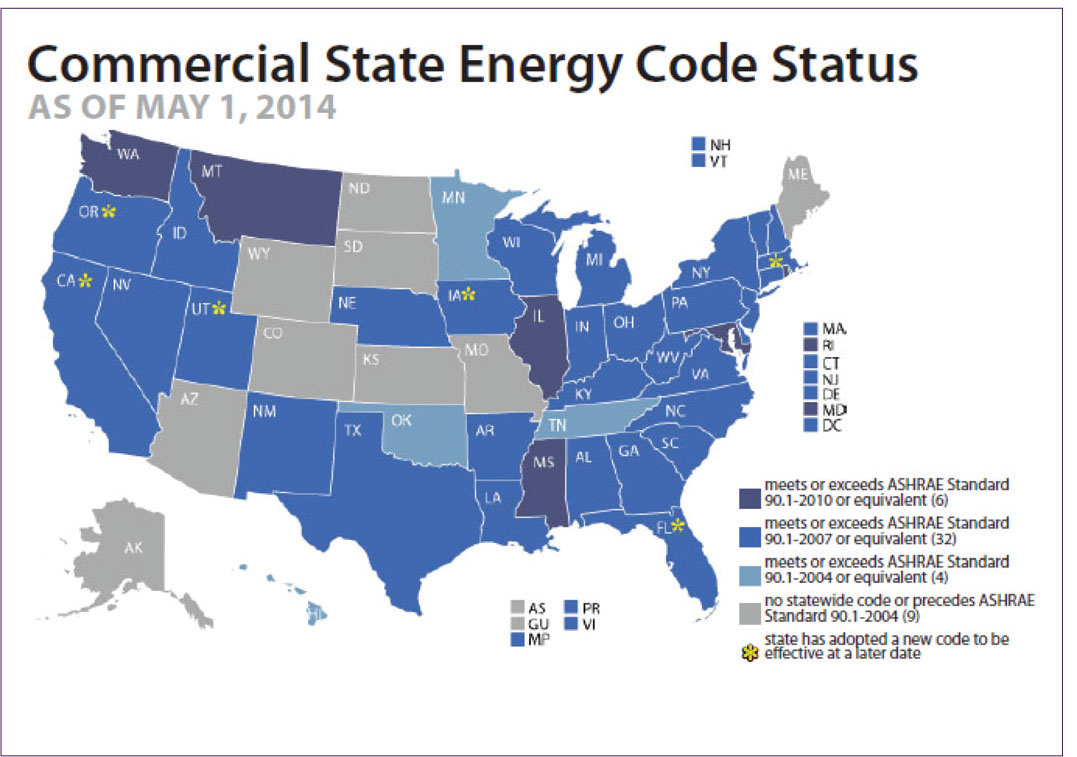
FIGURE 1: Commercial State Energy Code Status
Source: Building Codes Assistance Project, http://energycodesocean.org/code-status-commercial
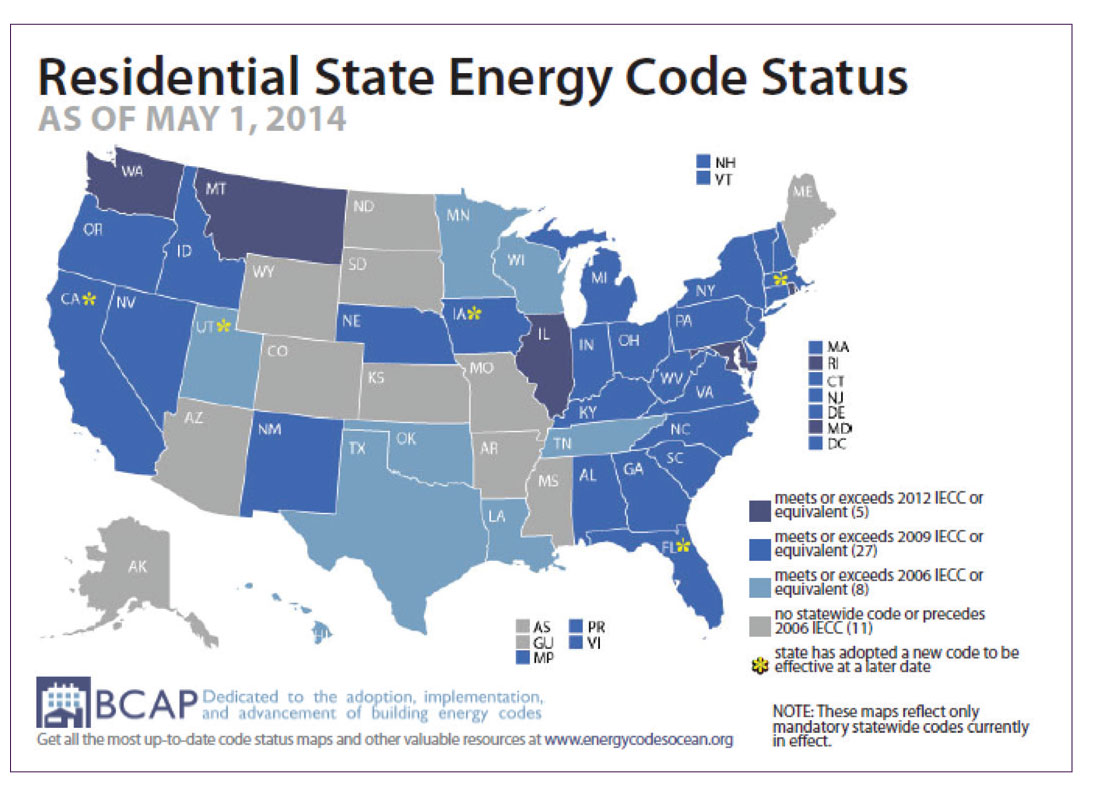
FIGURE 2: Residential State Energy Code Status
Source: Building Codes Assistance Project, http://energycodesocean.org/code-status-commercial
To ensure a project is following all applicable codes, it is also important to consult other industry standards such as the ASHRAE tables, which are excerpted in this article. These tables can help an engineer or contractor determine the necessary thickness for energy code compliance. Many
variables need to be defined prior to determining the insulation thickness required, and it is essential to go through to process to ensure compliance.
The ASHRAE 90.1-2010 standard has been updated to include a more stringent table; it is a useful guideline for figuring out the proper insulation thickness. This standard can be used to figure out insulation thickness for commercial building pipes and duct. The hot pipe thickness table from
ASHRAE Standard 90.1-2010 goes up to >350°F, which can require thicknesses of 5 inches, but some new buildings use hot water heating with design temperatures of about 180°F, which could have a thickness of 1.5 to 2.0 inches.
For example, consider Tables 6.8.3A and 6.8.3B (see Figure 4 above). To determine the minimum pipe insulation thicknesses needed for a 3-inch iron pipe size (IPS) pipe operating at 300°F, first select the temperature from the far left column, then select the pipe diameter from a column in
the nominal pipe area. In this example, an insulation that has thermal conductivity in the range of 0.29 to 0.32 at 200°F mean temperature would be applicable. To meet the energy code requirement, you would need a minimum pipe insulation thickness of 4.5 inches.
Tables 6.8.2A and 6.8.2B
can be used to determine the insulation thickness for duct work, both for supply and return air (see Figure 5 on page 32).
The ASHRAE 189.1-2009 and the IECC 2009 have changed their required energy code thickness tables. It is important to understand what the energy requirements of the specific job are prior to determining the insulation thickness needed.
With the movement toward ASHRAE’s challenge to produce “Net Zero Energy Buildings by 2030,” it is likely that thickness requirements will continue to rise. Much more R8 and R6 is being specified as duct insulation, and that will continue to grow toward R10 and R12.
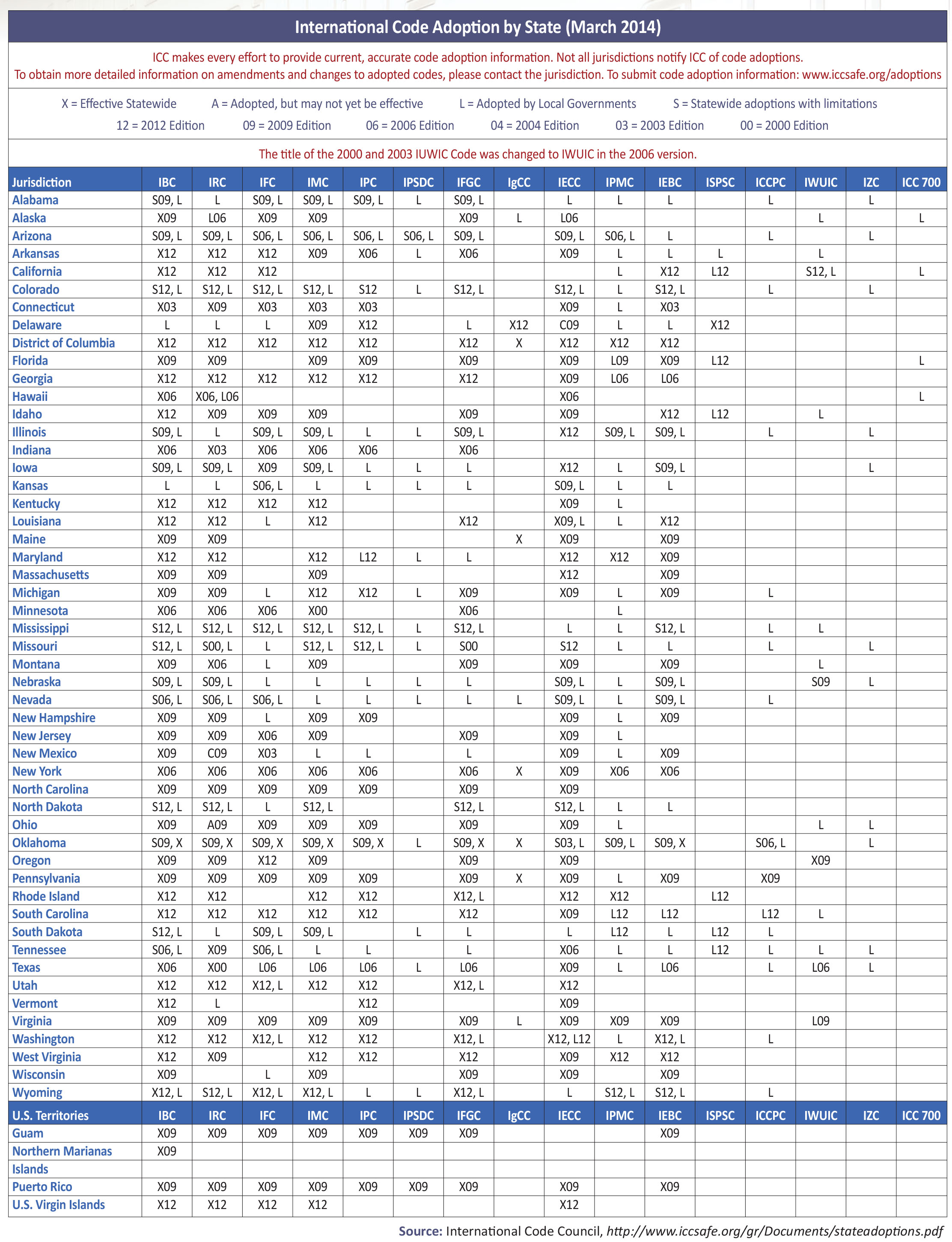
FIGURE 3: International Code Adoption by State
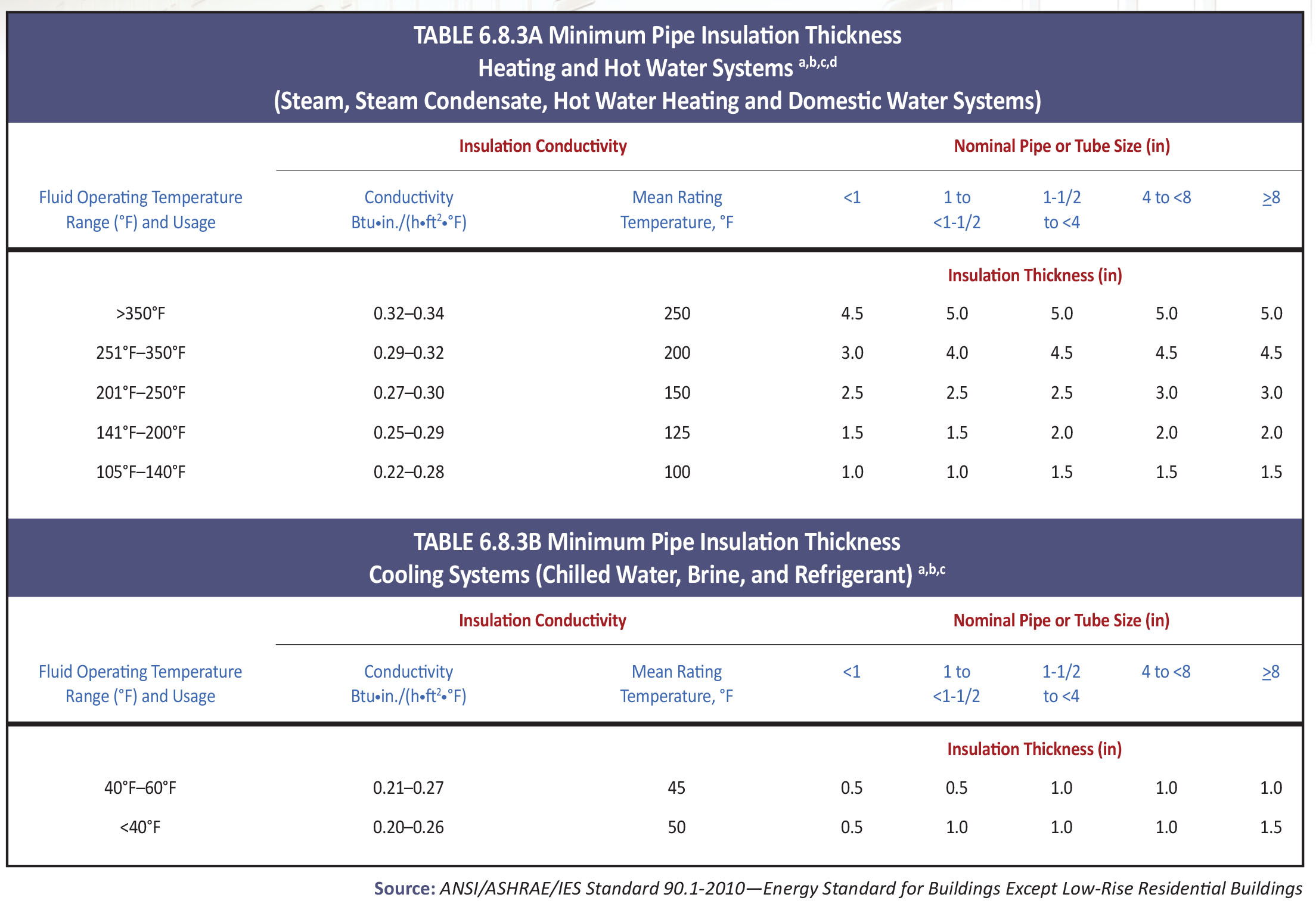
FIGURE 4: Minimum Pipe Insulation from ASHRAE 90.1 2010
Additionally, with Leadership in Energy and Environmental Design (LEED) buildings, green building projects, and insulation thickness requirements going up, wall spacing and thickness—as well as pipe chase openings and spacing—will all need to be considered in the design of future
buildings.
Other specifications and standards reflect an increased emphasis on insulation as well. See Figure 8 on page 34 for pertinent sections of the IECC codes indicating changes from 2009 to 2012.
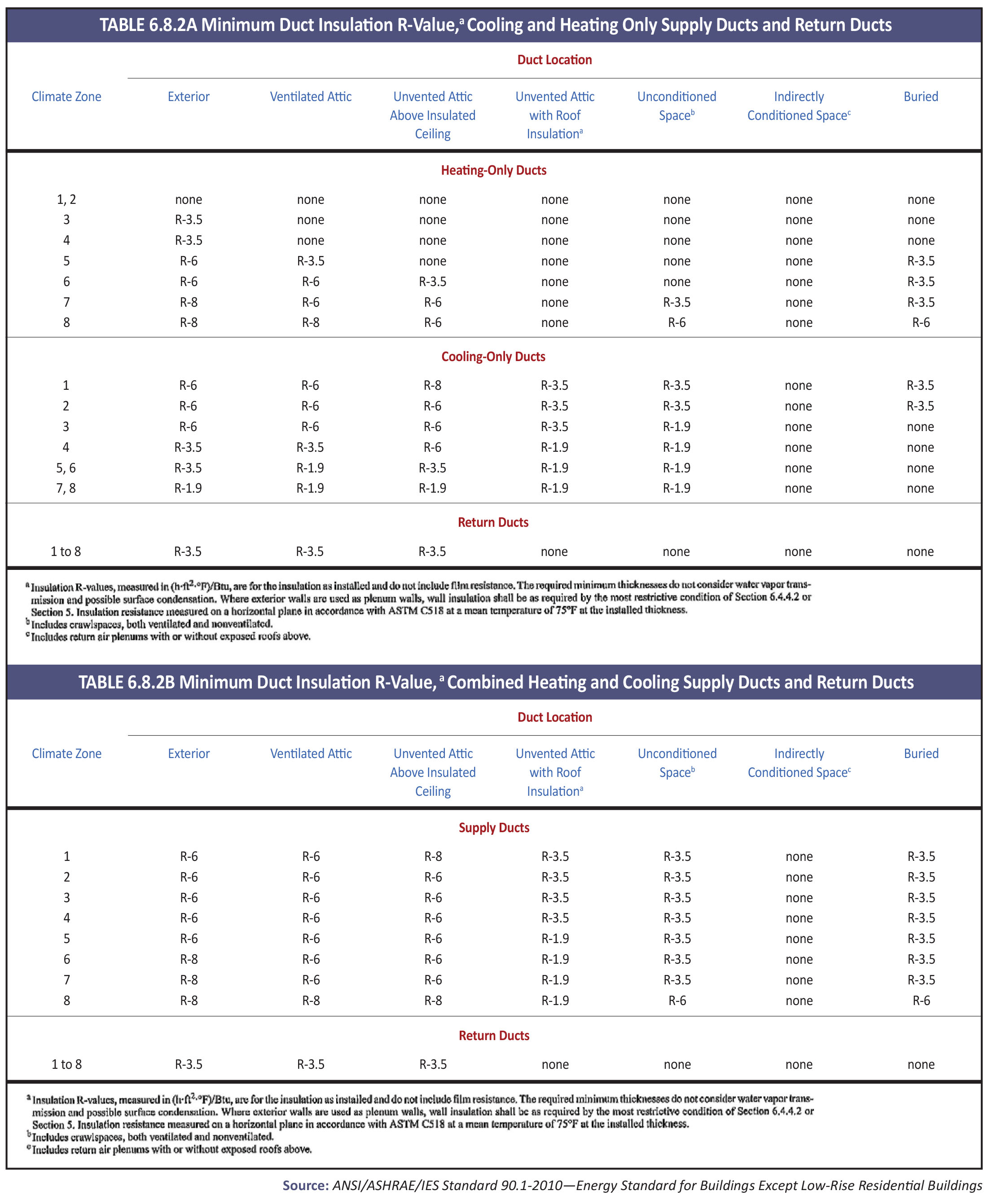
FIGURE 5: Minimum Duct Insulation Thickness Tables from ASHRAE 90.1 2010
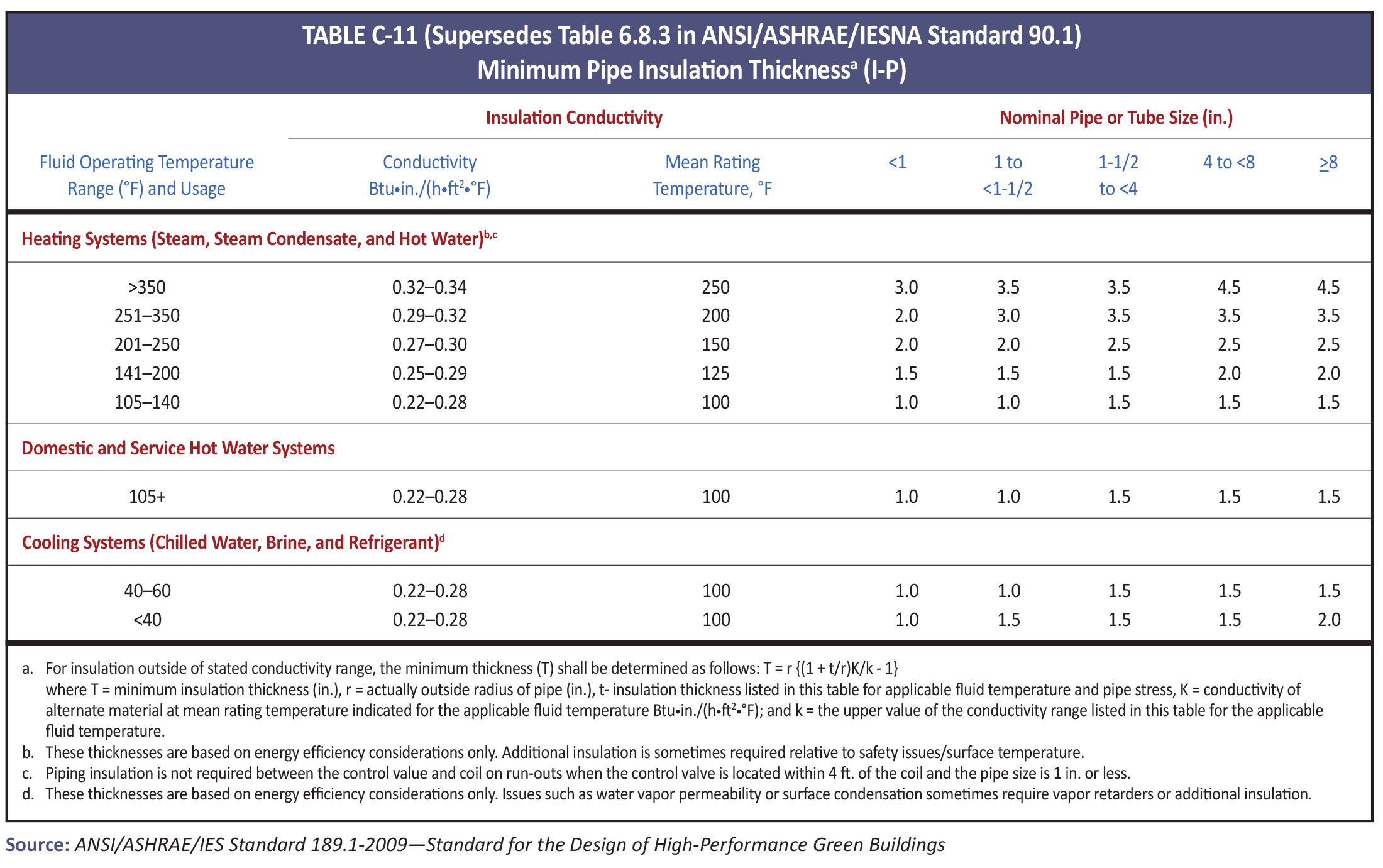
FIGURE 6: Minimum Pipe Insulation Thickness Table from ASHRAE 189.1 2009

FIGURE 7: IECC Changes from 2009 to 2012

FIGURE 8: IECC Changes from 2009 to 2012
The Building Codes Assistance Project
The Building Codes Assistance Project (BCAP) provides assistance on building energy-code adoption and implementation. The organization assists state and local regulatory and legislative bodies and helps coordinate others representing environmental interests, consumers, labor, and industry.
BCAP can help states that request assistance, and because it is funded by the U.S. Department of Energy, its services are available at no cost.
BCAP’s website (www.bcap-energy.org) explains that the organization was “established in 1994 as a joint initiative of the Alliance to Save Energy, the American Council for an Energy-Efficient Economy, and the Natural Resources Defense Council.”
As part of its outreach, BCAP produces a free, bimonthly newsletter on the status of state energy codes. Resources available on the BCAP website include up-to-date information on state code activity, maps showing code adoption on a national level, and as a listing of training opportunities and
events on both the national and state levels.
Web Resources
www.ashrae.org
www.astm.org
www.bcap-energy.org
www.energy.ca.gov
www.energycodes.gov
www.iccsafe.org
www.nfpa.org
